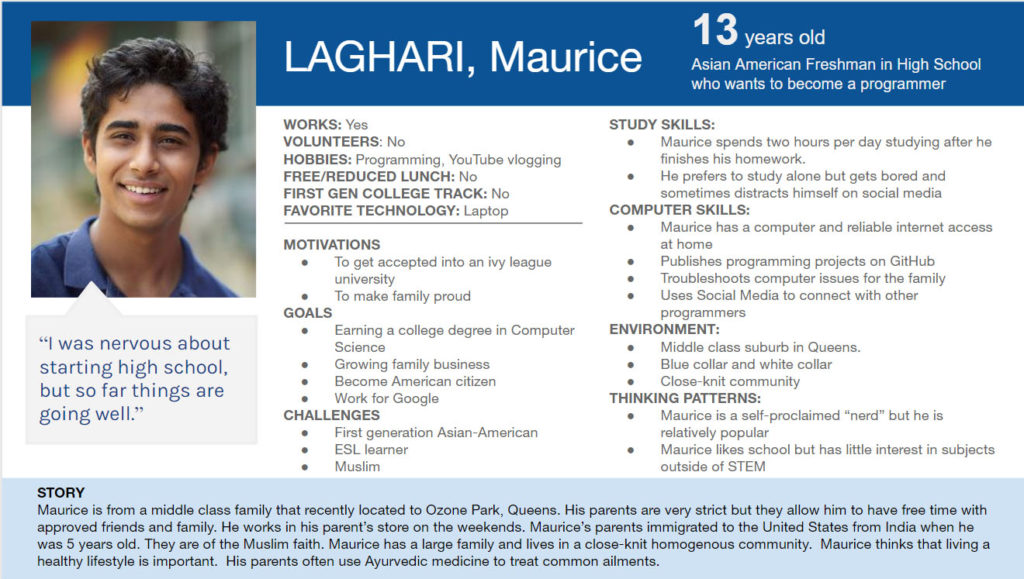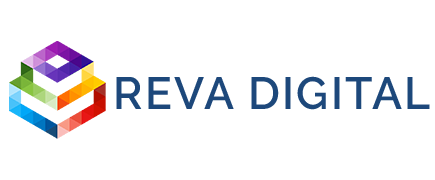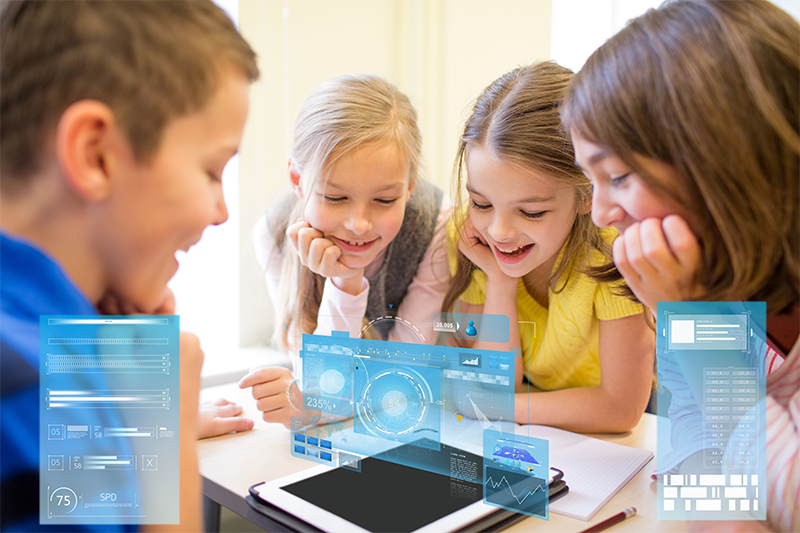With the ever-increasing use of technology infused learning, we have seen new trends and methods emerge. One of those is adaptive learning. While the idea of adapting learning experiences to individual student needs isn’t new, it takes on a new twist in an e-learning enabled environment.
A familiar example of adaptive learning in the digital world might be a math tutoring and assessment system. Several major publishers offer programs that challenge students with math problems of varying difficulty, and then adjust the complexity level of the problems served based on student performance. Some systems might offer remediation or tutorials on concepts that seem to stump students. Similar tools are available for other subjects such as languages and science.
Modern adaptive learning programs rely on a combination of instructional design, learning algorithms, and programming. As students use a digital adaptive learning program, the system assesses student responses and time spent on each question. The program responds with custom feedback, tailored learning paths, and skill-appropriate challenges (Evergreen Education Group, 2017; Posner, 2017). The program adapts in real-time, ensuring students receive material at their current skill level, and providing feedback and support to help students achieve mastery (Posner, 2017).
An adaptive learning system collects data about how students interact with the learning, and uses that data with learner profiles to deliver personalized learning (Hagras, 2016). Assessments are integrated into the content, and as students respond to the questions and tasks the program directs them down the appropriate learning paths (Schaffhauser, 2017). Building these systems requires detailed profiles of the target learner population. These profiles must include knowledge levels, personality traits, and psychosocial attributes, among other characteristics (Hagras, 2016).
Demographic information, interviews, and other available data serve as the resources for building learner profiles. At Reva Digital, our approach to adaptive learning begins with creating personas to help us validate our target learner population and design appropriate learning experiences for them. For example, for our character-based health education curriculum, we developed personas for a host of different types of learners. An example persona is shown below.

Who uses it and why
Adaptive learning is efficient and effective. It lets students master content by focusing on areas where they need to build skills, rather than reviewing information they already know (Posner, 2017). Organizations from primary and secondary schools to colleges and corporations use adaptive learning.
Well-designed adaptive learning gets students more engaged and brings a subject to life. A key aspect of adaptive learning programs is the integration of rich media and simulations to pique student interest and get them engaged in the learning experience (Schaffhauser, 2017). Furthermore, it can Improve the learning experience and outcomes (Evergreen, 2017). In one example, an introductory biology course offered at several institutions increased grades significantly at 3 of the 4 institutions studied (Schaffhauser, 2017).
Where is it going
Does it take more effort to create adaptive learning? In a word, yes. The planning process takes more thought and effort. You must have clear learning goals and objectives, and thorough understanding of the resources students might need to achieve those goals and objectives. You also must create intuitive feedback and plan the possible learning paths students might take.
At Reva Digital, our design process steps through understanding our learner profiles to create personas, and then using the personas to create storylines. We create true-to-life situations with believable characters and scenarios with which learners might identify. Through the use of multimedia, conversation, and interactivity, we ensure that students are engaged with the content in the same way they are engaged with social media and gaming. Our sex education modules, for example, feature a friend group that communicates in person and through popular social media channels like Instagram. The group explores the challenges and excitement of building healthy relationships and learning about the risks and responsibilities associated with sexual behavior.
Then we use development tools created specifically to support adaptive learning, like Smart Sparrow. With Smart Sparrow, we can create online courses that provide remediation and support in the feedback. Adaptive learning paths direct emerging learners to additional resources and activities, while the advanced learners are challenged with more difficult topics. For example, in the unit on human development, students are asked to identify life stages. When they provide incorrect or incomplete answers, they are redirected to an explorer artifact that identifies the characteristics of various life stages. They must respond correctly to questions based on the explorer before being directed back to the main learning path. To help further anchor student learning, we deploy our adaptive courseware via Lessonbee, which supports Smart Sparrow LTI content and deeper learning activities including conversational and challenge-based reflections.
Adaptive learning makes the most of limited instruction time. It personalizes the digital learning environment and is suitable for individual learning or in the online, face-to-face, or blended/flipped classroom. When used in a facilitated setting, adaptive learning lets teachers monitor individual progress and intervene directly with struggling students without holding back the more advanced learners. How might adaptive learning work for you?
Evergreen Education Group. (2017). Keeping pace with K-12 online learning. Retrieved from https://files.eric.ed.gov/fulltext/ED576762.pdf
Posner, Z. (2017, January 1). What is adaptive learning anyway? [Blog post]. Retrieved from https://www.mheducation.com/ideas/what-is-adaptive-learning.html
Schaffhauser, D. (2017, October 2). Adaptive bio course for non-majors finds success with simulation, virtual field trips [Blog post]. Retrieved from https://campustechnology.com/articles/2017/10/02/adaptive-bio-course-for-non-majors-finds-success-with-simulation-virtual-field-trips.aspx

